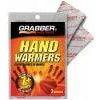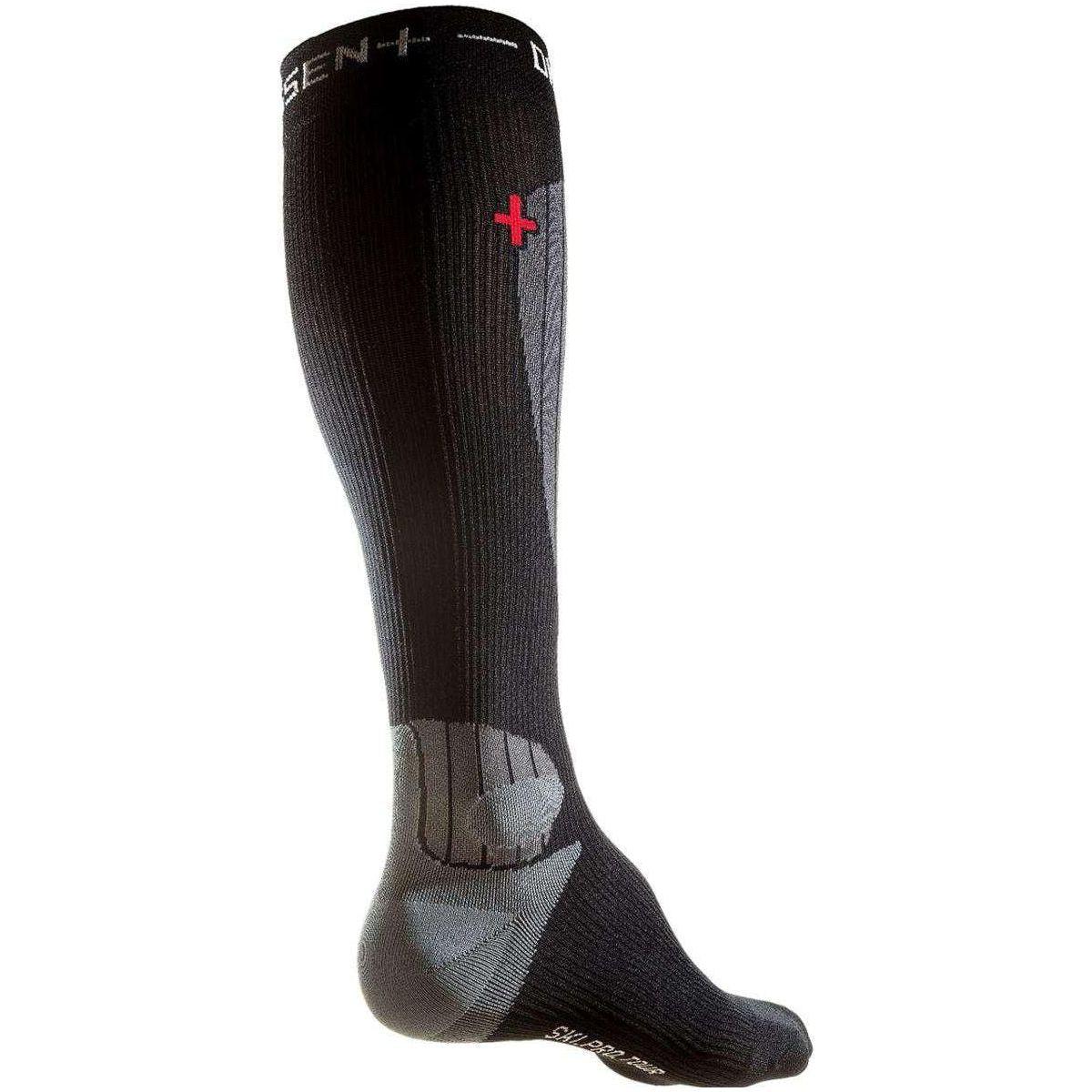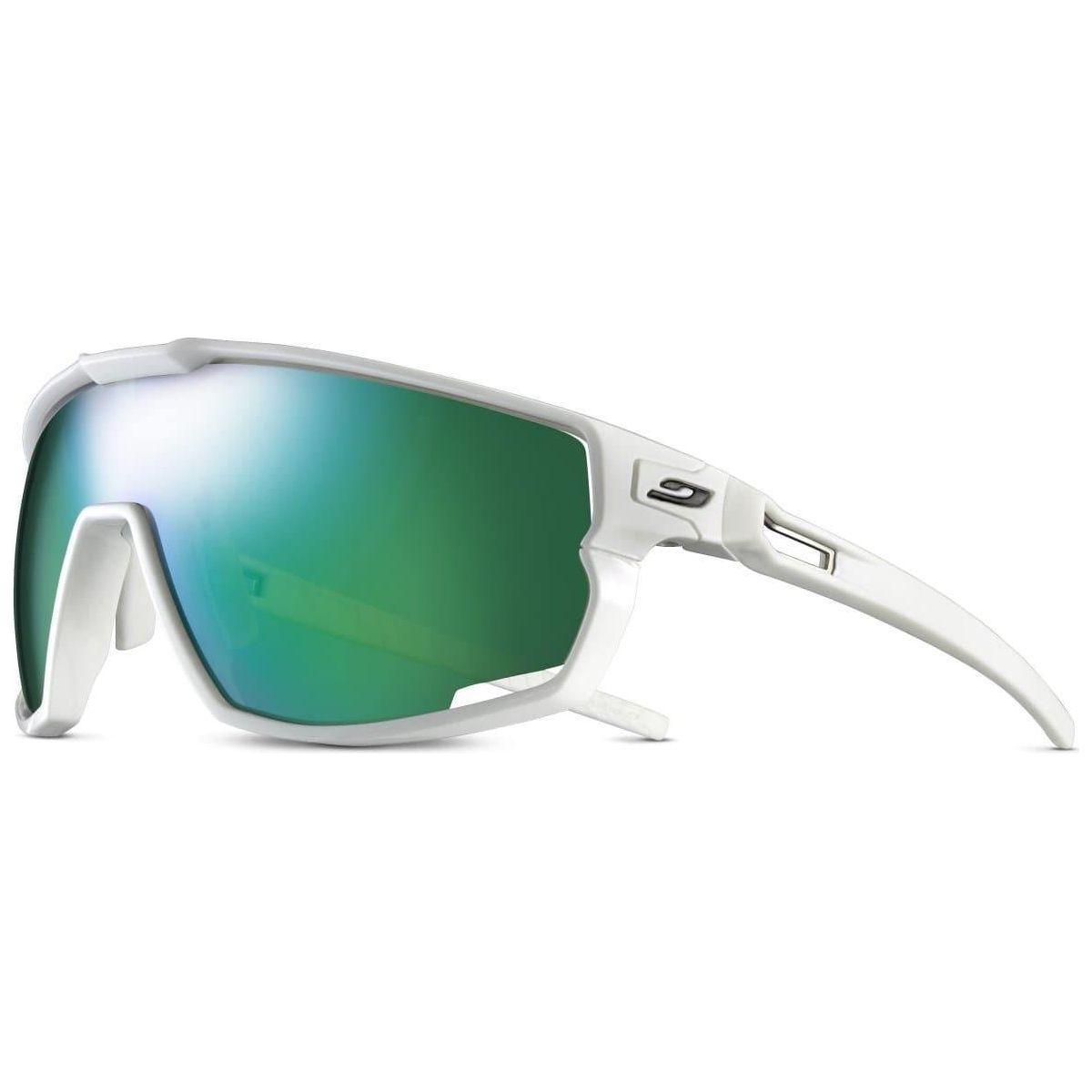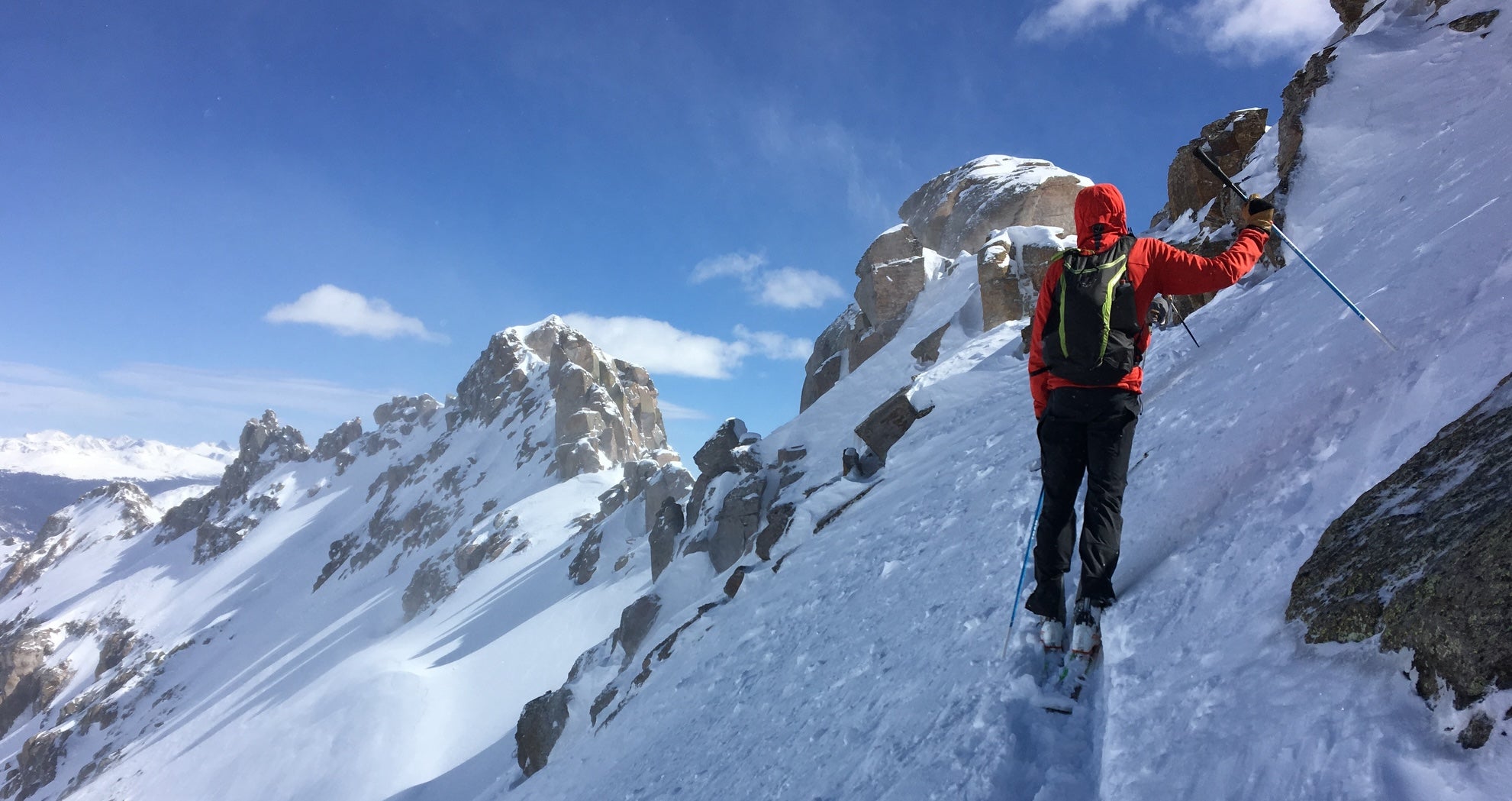
Skiing Light and Fast
Light and Fast Ski Touring: The advantages of lightweight gear
A Few Words From Cripple Creek Backcountry Owner, Head Barista and Skinny Ski Aficionado: Doug Stenclik
With the amazing advances in lightweight touring gear and the complete death of the plate binding, compromise with 'weight vs performance' became easier to swallow. When looking for a new setup, the question “Where do you plan on using your skis?” gets the same answer almost every time: “I want one setup to do it all.” Most of our friends and customers know that even in the backcountry, not every day is a blower powder day, but our imagination strays from reality to images of the deepest turns. “Something efficient and easy to go uphill, but I also want it to rip down in deep snow.” With that statement, another all-mountain touring setup is born. However, now there is another setup out there that does everything decent but nothing well. When you look around at our staff, all on touring skis between 50-100+ days a year, you will never find any of them on an all-mountain touring setup. 90% of the time they are out on the lightest setup they own. For many of us, it's a pair of 65mm race skis even if we don’t race! Others look for that sweet spot of an 85mm ski that's still under 1000 grams and an ultra-light binding to match! These same employees have much bigger, heavier setups for shredding the deepest days in the backcountry or charging around the resort with no compromise in downhill ability. Check out Slator’s take on why, if you know you are going uphill 90% of the time, it's time to stop compromising on touring efficiency.
A Glimpse at Backcountry Ski Touring in the Mountains

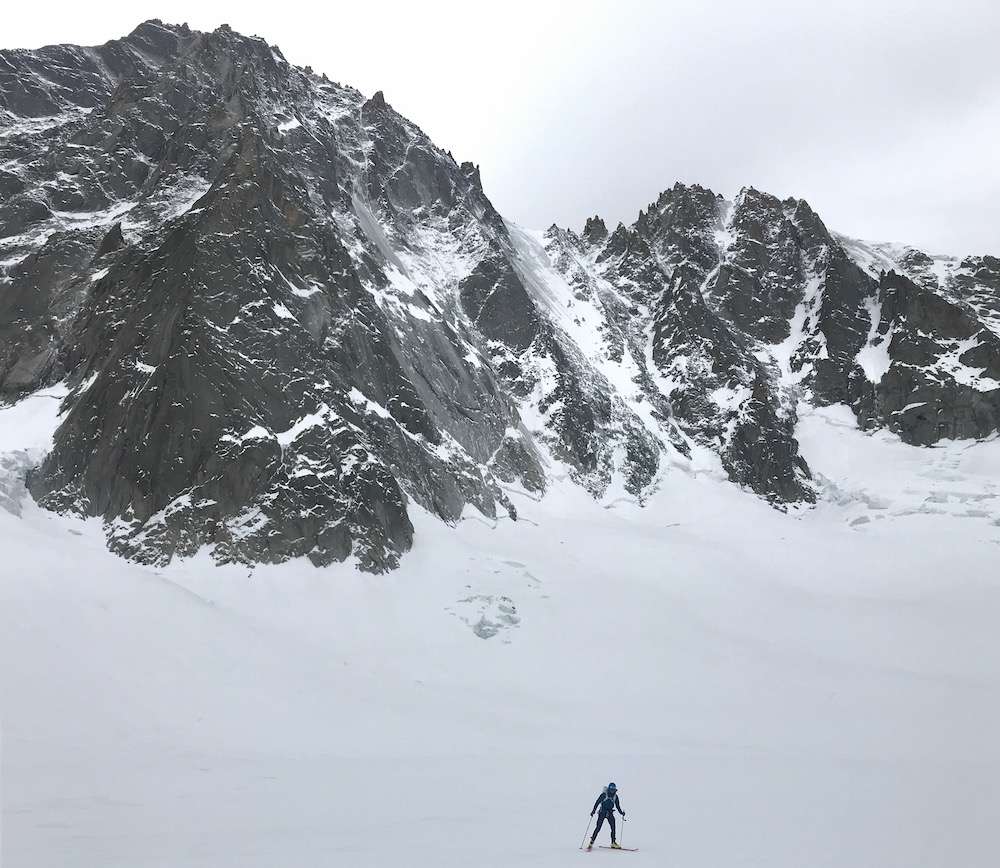
The plan was a full day of light and fast ski touring. Our goal was to have fun, be safe, ski aesthetic lines, and move fast. Seems easy enough? We started the morning early: weaving through dense pine forests, kick-turning across frozen aprons, and bootpacking up narrow couloirs. Golden morning light greeted us atop the day's first summit. High fives and hugs were shared as we transitioned for the descent. The day continued with this simple rhythm: ski up, ski down, repeat. We moved in a fluid fashion across the mountains. The ascents felt smooth; the descents felt weightless. The entirety of our tour shared a pleasant sense of effortlessness. There was no gear fiddling. There was no bonking. There were no yard sales. Just type I fun, big smiles, lots of turns, and lots of terrain traveled. The day ended similar to other days: on the tailgate in the parking lot. We swapped ski boots for crocs. Chips and salsa and beer were close at hand. Both of us were buzzing from another day spent in the mountains.
Behind the Scenes of Lightweight Gear
A light and fast ski tour feels like a different activity altogether. We were using ultralight ski touring kit that allowed us to move as efficiently as possible. When you decide to lighten up your equipment, ski touring transitions from a slow, laborious walk into an airy, easy jog. I parallel ski touring gear to summertime hiking footwear. Heavyweight ski gear is equivalent to walking with a big pair of hiking boots while lightweight ski gear feels more like a pair of trail running shoes. The equipment you choose changes the pace of the day. It turns an epic, exhausting outing into something fun and casual. Once I acknowledged the importance of lightweight gear, a new ceiling for what was possible opened up. I could travel farther, ski higher, and have more fun. I'll share some lessons learned on what to look for in a lightweight setup, so hopefully you too will be skipping through the mountains with a big ol' grin and eager for another lap.
How To Go Lightweight in the Backcountry

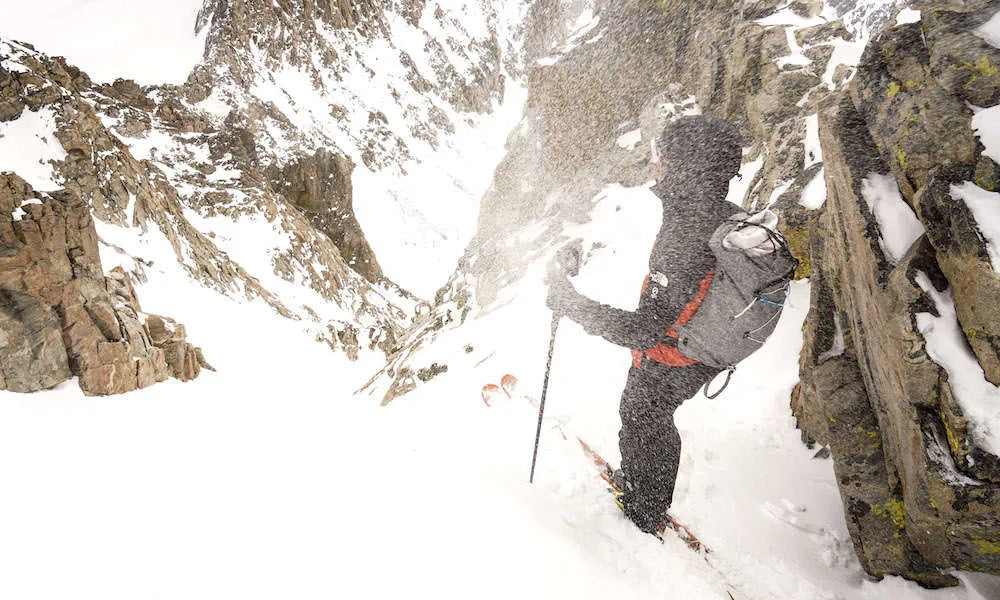
Touring Skis
So what's the best way to save weight on your backcountry touring setup? Here are a few considerations that help lighten the load when it comes to choosing skis, boots and bindings for backcountry touring.
Skis are the piece of equipment where we can save the most weight when looking to lighten up our touring setup. Aim for touring specific skis. These types of skis are built with lightweight materials and a modern ski shape. In the backcountry, we generally ski softer snow than on the resort, so we don't need a heavy resort ski for touring. There are no groomers to carve or moguls to weave out in the backcountry, so there is little need for an overbuilt ski construction. When ski touring, 80% of our day is spent skiing uphill and 20% skiing downhill. Accommodate your skis accordingly (go for lighter weight skis to save energy on the up and have more fun!). A few favorite touring skis are the Voile Hyper V6 or the Dynafit Blacklight 88.
Ski Touring Bindings
Choosing the right touring bindings are a great way to save weight while not compromising functionality or safety. A lot of lightweight bindings have a fixed release value, rather than an adjustable release value range. If you are the only one intending to ski your touring setup, then you don't necessarily need an adjustable release value. The added complexity that an adjustable release value range brings adds more weight and more parts to potentially break in the backcountry. Another way to save weight with bindings is to consider omitting brakes. Using a lease is a lighter form of ski retention that also simplifies your setup. Less moving parts means less gear fiddling, less binding malfunctions and less weight carried around the mountains. A simple tech binding can lighten up your setup and simplify your transitions. This gives you more time to highfive friends at the bottom of a ski line. A few highlights in backcountry touring bindings are the Dynafit Radical or the ATK Kuluar 12 Superlite.
Touring Boots
Boots are the most important piece of ski touring equipment. Finding the right fit, and choosing the appropriate boot for your desired style of ski touring will dramatically affect your day's outing. We talk a lot about backcountry boot fitting in another post. When considering lightweight touring boots, look for two qualities: range of motion and material. A boot with a large range of motion gives the skier a more natural stride without fighting against the material of the boot (and thus wasting less energy). Put the boot into walk mode and see how easy it is to stride. Less range of motion means less efficient uphill touring. Material consideration is also important to keep in mind with touring boots. Different materials provide different flex patterns without adding more mass. Generally, boot stiffness by material is dictated in this order: carbon fiber is the most rigid, then grilamid, then pebex. Choose the boot material that fits your skiing style. When I think of the ideal lightweight backcountry boot - it feels like a hiking boot in walk mode, has two-three buckles, and provides you a progressive flex while skiing down. Some personal favorites for me are the Scarpa F1 LT and the Atomic Backland Carbon.
Hopefully you've gleaned some insight here on how to lighten up in the mountains. You don't need to stop here when considering how to shed weight with your backcountry kit. Is your backpack overbuilt for your backcountry tour? Are you wearing heavy resort-centric hardshell pants and top? Can you save weight with your avalanche gear by choosing a carbon fiber probe or lightweight shovel? The path to light and fast ski touring does not have a final destination, but is a continual process of asking yourself: How can I travel with the least equipment without compromising my experience?
How Not To Go Lightweight


It's important to keep in mind that not any one ski setup can do it all. Lightweight gear is not meant for hucking cliffs. It's also not meant for riding chairlifts at the resort. Just as much: hybrid resort/touring gear isn't meant for long ski touring missions. Ski equipment is specialized and there is no quiver-of-one. If you want to excel in any specific form of skiing, you should tailor your gear for that subset of the sport. It's a great idea to ski the resort with a traditional alpine binding and heavy resort skis. It's also a great idea to go ski touring with a tech binding and lightweight backcountry ski. When you blur the boundaries between these two activities is when things get weird (bad weird where lightweight gear breaks or you bonk really hard by dragging heavy equipment uphill). If you have a lightweight touring setup, I recommend you to use it solely for ski touring. The abuse of resort skiing is too much for lightweight gear to handle.
Choose Your Own Adventure
Am I on a lightweight soapbox preaching the word of ultralight this and gram saving that? Let me politely step off my carbon fiber pedestal. All of this is a simple recommendation to help make ski touring more fun. I have found so much joy in strategically lightening up my setup, and I want to share such newfound revelations with you all. What are ways that you lighten up your setup? What are pieces of equipment that you won't compromise on with weight? Comment below to let us know. We'd love to work together to point our community towards a brighter, lighter future.

